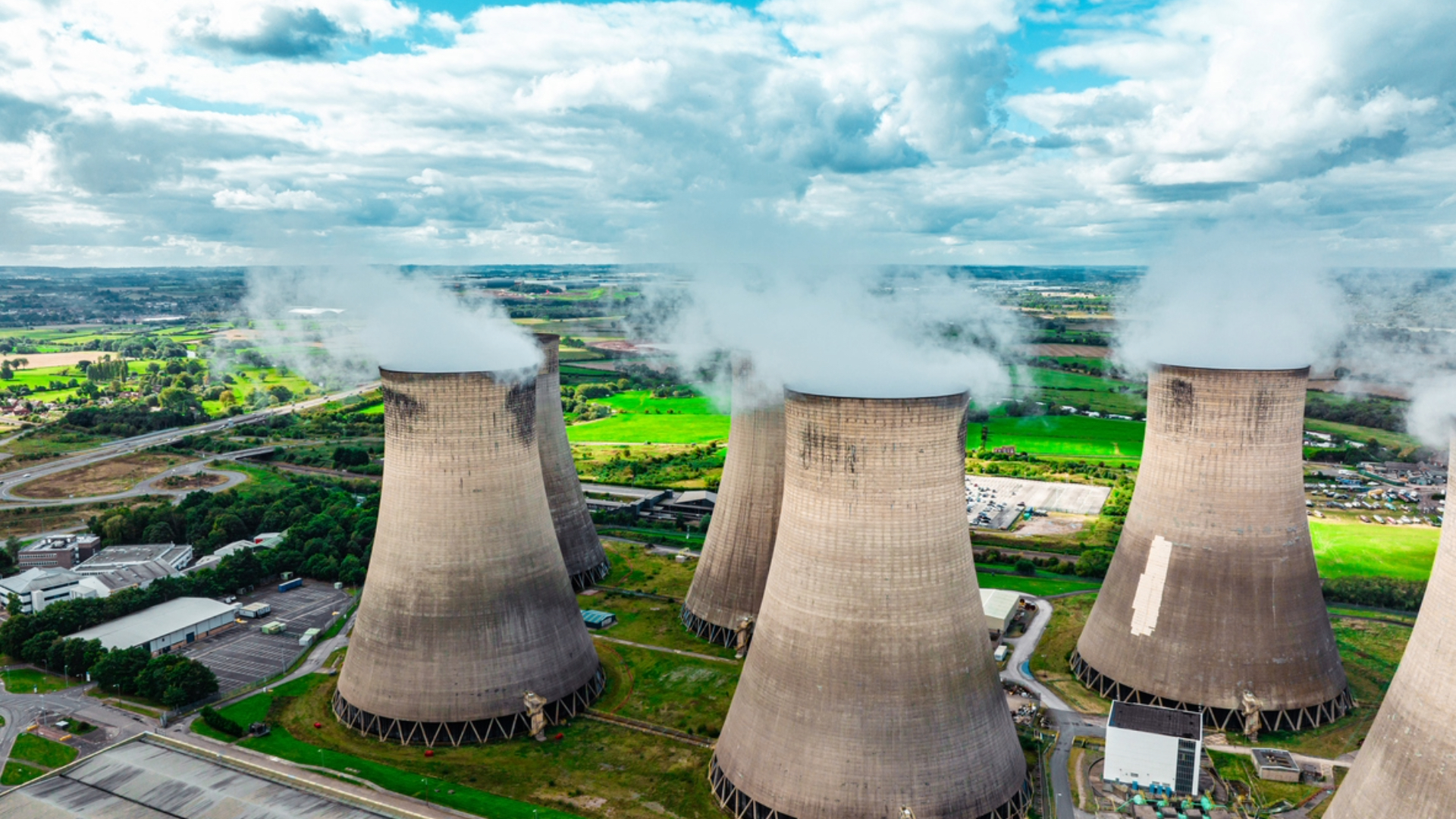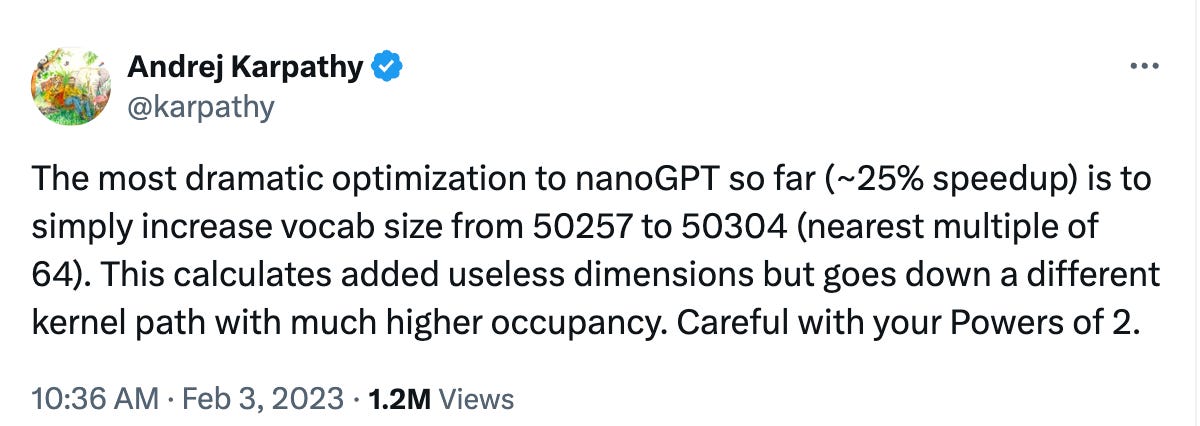Get the latest tech news
Imaging shapes of atomic nuclei in high-energy nuclear collisions
The collective-flow-assisted nuclear shape-imaging method images the nuclear global shape by colliding them at ultrarelativistic speeds and analysing the collective response of outgoing debris.
Traditional electron–nucleus scattering experiments, although faster than τ rot, probe mainly localized regions of the nucleus, giving an orientation-averaged spherical image after accumulating many events, in which the impact of deformation manifests as a broadening of the charge distribution 1, 3, 8. The model also considers final state effects by adjusting QGP viscosities and initial condition uncertainties, including variations in nuclear radius R 0, skin a, β 2Au, γ Au and higher-order shapes (Extended Data Table 1). W. Christie, X. Chu, J. C. Dunlop, O. Eyser, Y. Fisyak, J. Jia, K. Kauder, A. Kiselev, J. M. Landgraf, A. Lebedev, J. H. Lee, R. S. Longacre, R. Ma, A. Ogawa, B. S. Page, L. Ruan, W. B. Schmidke, P. V. Shanmuganathan, A. H. Tang, P. Tribedy, O. D. Tsai, C. Y. Tsang, Z. Tu, T. Ullrich, G. Van Buren, F. Videbæk, J. C. Webb, Z. Zhang, M. Zhao & M. Zurek
Or read this on Hacker News
